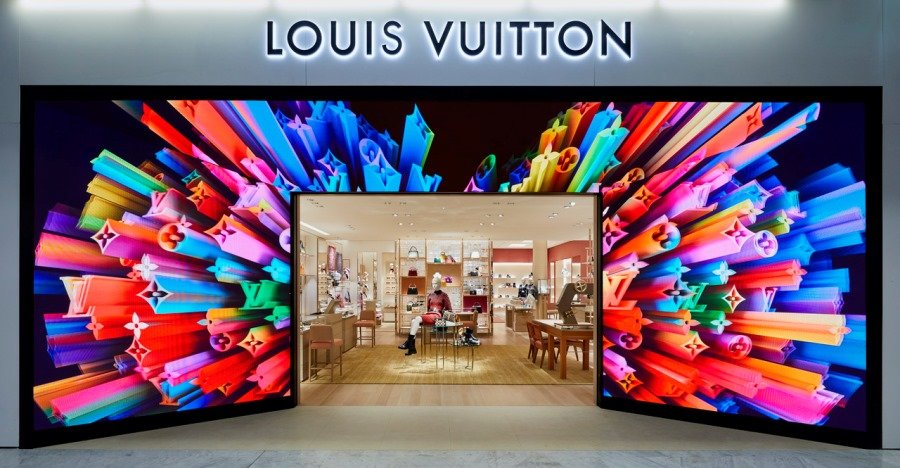Digital Storytelling
Setting The Screen
Your customer, no matter who you are or what you’re selling, is much more influenced by technology than they used to be, and their willingness to shop online has increased and continues to grow through an ever growing network of social channels.
With online retailers upping their game with offers, improved UX, better delivery times, freebie incentives and more, the intention of the physical store has of course become more about what people can experience of the brand (in the true sense of the word).
We have noticed an upward trend in our retail partners across Australia investing in digital screens, but simultaneously asking the question of how they can create a story around the screen, or use visual cues to capture and hold the customers attention when they see the digital content.
What’s encouraging the movement into digital?
‘Retailtainment’ and the concept of the store being a place where the shopper experiences; hosting ‘events’ of the brand, collaborations and launches, has led to an increase in digital displays being incorporated. This brings high resolution, high-impact content that is updatable to suit the mood, product, promotion, or bespoke requirements of the day.
Of course cost is a factor, and the idea of long term efficiency and sustainability that a digital product provides versus a disposable print product, has become a strong reason for the shift in this investment.
Measuring behaviour of our customers and creating conversion metrics is another strong force for the introduction of screens, as they give us an opportunity to gather data in a decisive way.
Content is the most important aspect of digital and screen utilisation, and second to content is the education and housing used to prompt the consumer. In short, what’s on the screen, and what’s drawing our customer to the screen?
Maintaining consistency with high quality and relevant content can be challenging for brands. Screens certainly serve a purpose and place in retail marketing, but as with every mode of communication, unless they are applied to the environment with thoughtfulness, they will fall flat and become a redundant tool.
Screens must work harder for us in market as the consumer isn’t easily captured by the flash of a sale poster on screen. Content must be animated and engaging, presenting short and curated video reels, which are known to perform much better than static information and imagery.
Displays that draw customers in from the street tell the brand story, highlight latest promotions and adapt to relevant content in real-time.
In Real Life…
It’s no secret that we now live in a world of screens, but this works both for and against us. The benefit is it’s a familiar vehicle for people, however, being saturated by screen content on our phones, TVs, and laptops means the more tactile and creative displays are now presenting much more cut-through and engagement.
There’s a place for both mediums, and Nike house of innovation is a good example of how and why. The tactile displays generate and motivate far more intrigue, emotion and interactive engagement. The store has become our escape from the virtual or digital world, somewhere that encourages us to put our phone away and connect with product, people and moments.
If you were to visit Nike in Shanghai however, screens are utilised intentionally for gamification in-store, as are so many stores in Asia, and this really levels up that interactive moment that the Nike guest loves to see in a flagship. However, gamification cannot be confused with a simple screen, and that is the point really, screens need a purpose to get the best outcome.
The hero and the sidekick.
From years of observing retail environments and consumer interactions, I would resolve that digital screens are a supporting act to the spectacle of tactile visual merchandising. Behavioural science also tells us that humans are poised to respond to emotive storytelling.
The essence of visual merchandising and store experience is about connecting our customer and the brand through a story. Generally, I feel that digital can help with this, but cannot be the hero here. Digital content cannot offer us the same level of emotional connection.
Brands need to consider how they can stand out and attract customers to take that first step inside. Then it’s about how you can maintain that engagement, educate and showcase your products to these same customers on their journey through your store.
When you think about your most loved moments in a store, more often than not it will involve a crafted, detailed and emotionally triggering experience.
An intricate Christmas window, a playful scene, or a memorable campaign that strikes a personal chord. All of the elements that make up a moving moment rarely involve just a screen.
Written by Jemma Caprioli
Let us know how we can help with a seamless integration.













